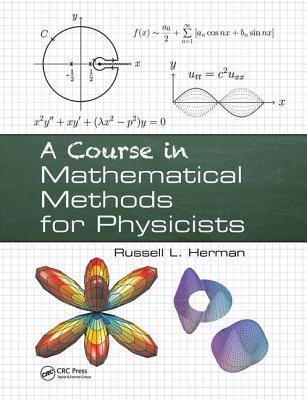Consider the flight of a golf ball with mass (46 mathrm{~g}) and a diameter of 42. 7
Question:
Consider the flight of a golf ball with mass \(46 \mathrm{~g}\) and a diameter of 42. 7 \(\mathrm{mm}\). Assume it is projected at \(30^{\circ}\) with a speed of \(36 \mathrm{~m} / \mathrm{s}\) and no spin.
a. Ignoring air resistance, analytically find the path of the ball and determine the range, maximum height, and time of flight for it to land at the height that the ball had started.
b. Now consider a drag force \(f_{D}=\frac{1}{2} C_{D} ho \pi r^{2} v^{2}\), with \(C_{D}=0.42\) and \(ho=1.21 \mathrm{~kg} / \mathrm{m}^{3}\). Determine the range, maximum height, and time of flight for the ball to land at the height that it had started.
c. Plot the Reynolds number as a function of time. [Take the kinematic viscosity of air, \(v=1.47 \times 10^{-5}\).]
d. Based on the plot in part c, create a model to incorporate the change in Reynolds number and repeat part b. Compare the results from parts a, b, and d.
Step by Step Answer:

A Course In Mathematical Methods For Physicists
ISBN: 9781138442085
1st Edition
Authors: Russell L Herman





